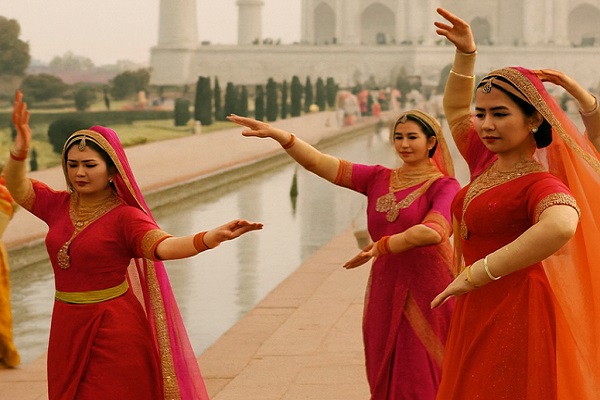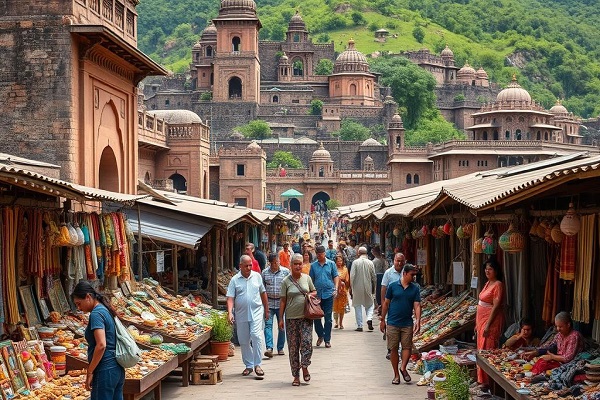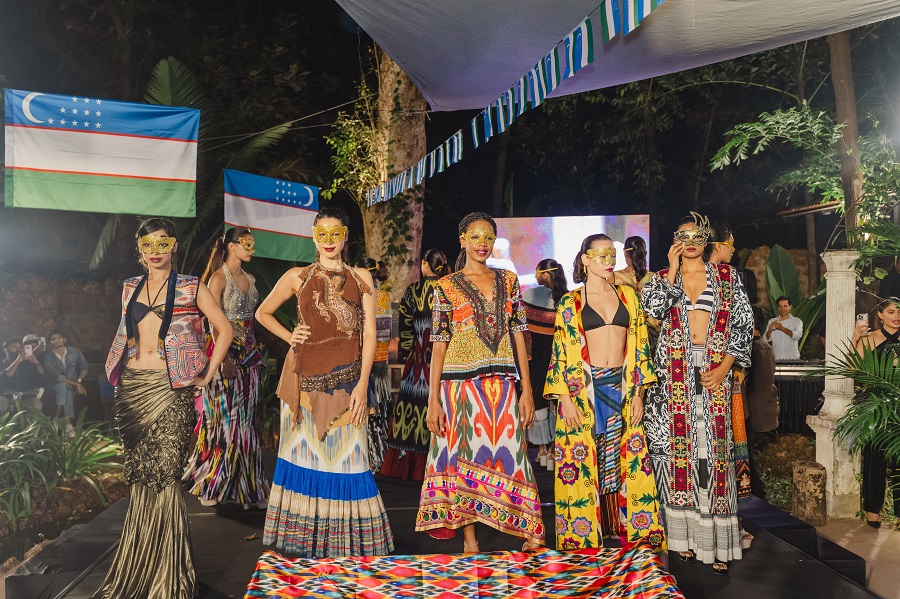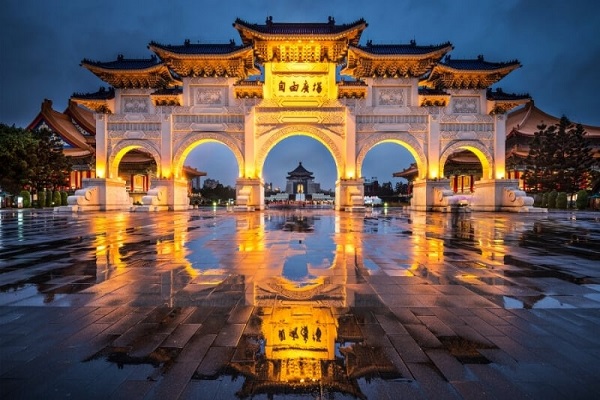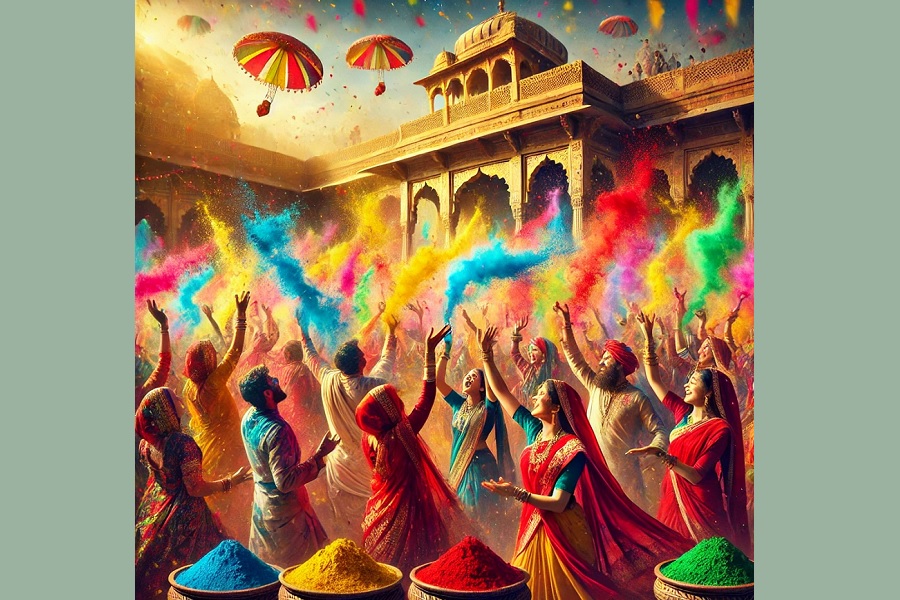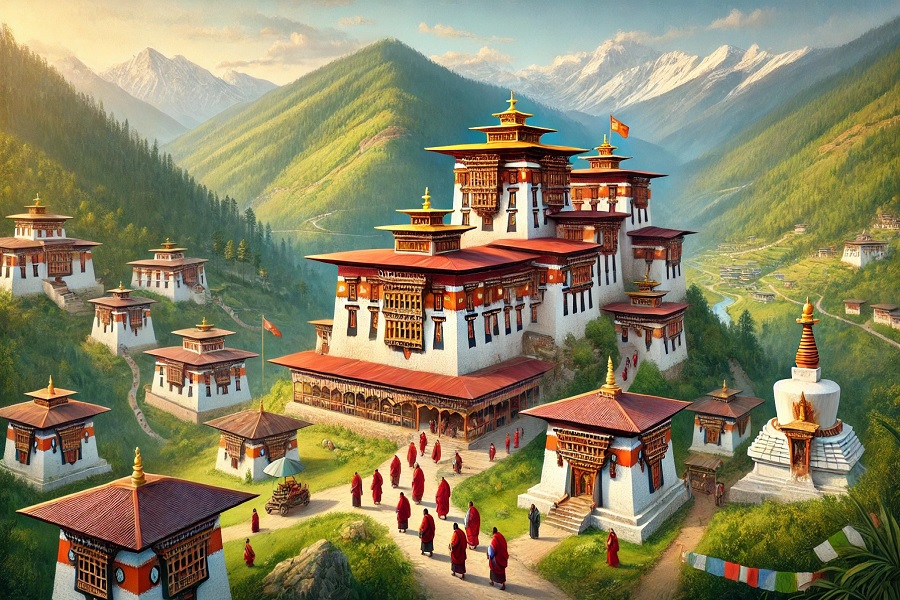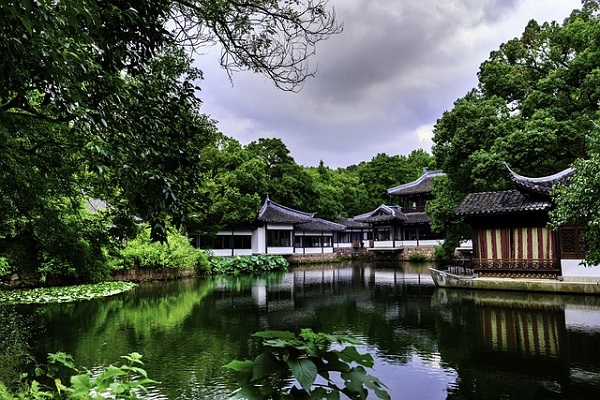Immersed in Heritage: The Essence of Cultural Tourism Captured in Tr?n Qu?c Pagoda

The image above offers a serene yet powerful glimpse into the heart of cultural tourism—a journey not just across miles, but across time, traditions, and spiritual essence. Captured here is Tr?n Qu?c Pagoda, the oldest Buddhist temple in Hanoi, Vietnam, standing tall against the backdrop of tranquil waters and lush greenery. Its reflection in the lake symbolizes the deep introspection and harmony that cultural tourism fosters among travelers.
What is Cultural Tourism?
Cultural tourism involves travel with the primary purpose of experiencing the arts, history, heritage, and spiritual life of a destination. It opens doors to traditional lifestyles, historical landmarks, festivals, architecture, and rituals—offering a deeper understanding of the world’s diverse communities.
Why Cultural Tourism Matters
Preserves Identity and Tradition
Visiting landmarks like Tr?n Qu?c Pagoda contributes to the conservation of historic sites and traditional practices.
Promotes Cross-Cultural Understanding
Travelers learn to appreciate different perspectives, philosophies, and ways of life—promoting tolerance and global unity.
Spiritual and Emotional Enrichment
Temples, shrines, and ancient cities evoke reflection and awe, providing inner peace and emotional fulfillment.
Boosts Local Economies
Responsible cultural tourism creates jobs, supports artisans, and funds heritage conservation projects.
Highlight: Tr?n Qu?c Pagoda, Hanoi
Historical Significance: Built in the 6th century, it is a sacred symbol of Vietnam’s rich Buddhist heritage.
Architectural Marvel: The elegant red pagoda, surrounded by Bodhi trees and ornate shrines, reflects traditional Vietnamese design.
Spiritual Center: A place of meditation and prayer for locals and visitors alike.
Cultural Experiences Around the World
Kyoto, Japan: Tea ceremonies, Shinto shrines, and geisha traditions.
Varanasi, India: River rituals, sacred ghats, and ancient temples.
Marrakech, Morocco: Souks, music, and centuries-old architecture.
Cusco, Peru: Incan ruins and indigenous festivals.
Final Thought
As seen in the image, cultural tourism is a meditative journey—where travelers become storytellers, and monuments become whispers of the past. Whether it's through architecture, rituals, or heritage sites, immersing oneself in another culture fosters lasting memories and a newfound appreciation for humanity’s shared legacy.

















